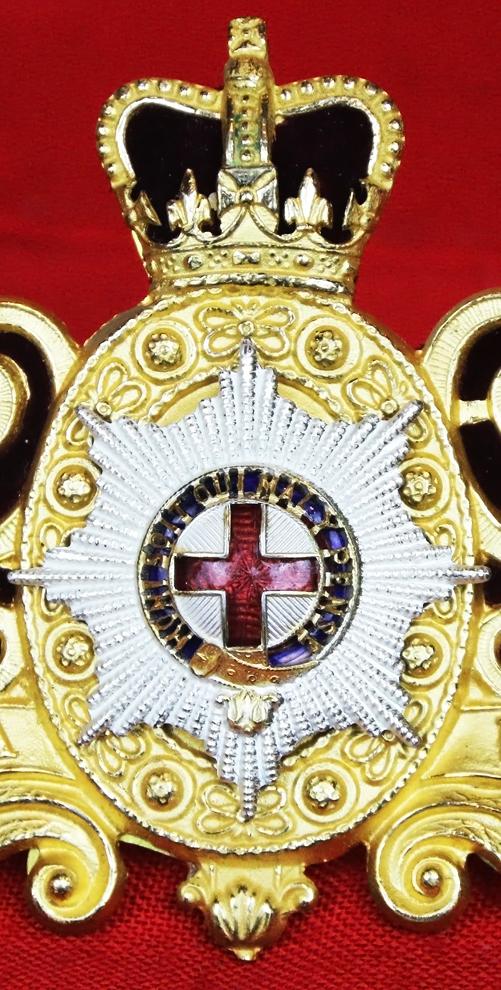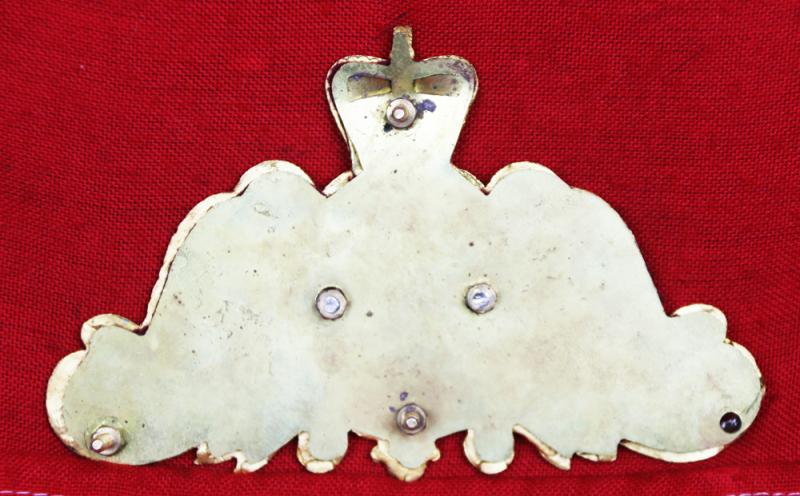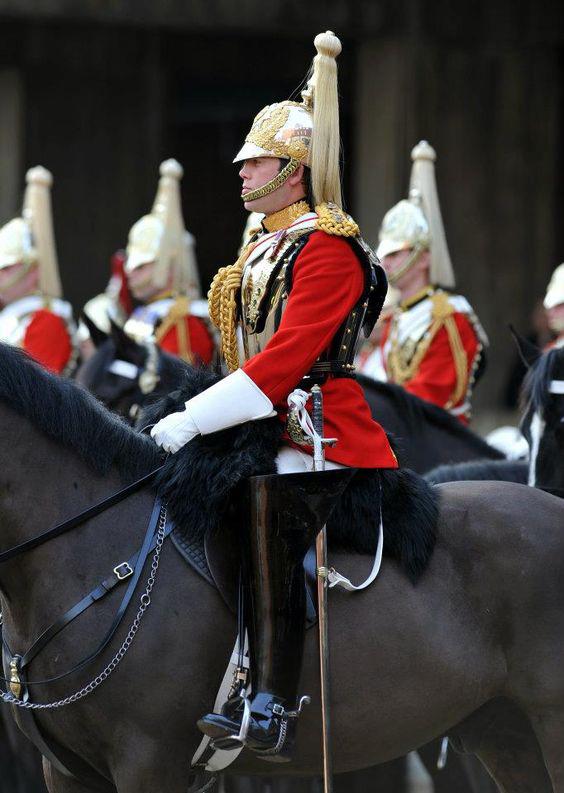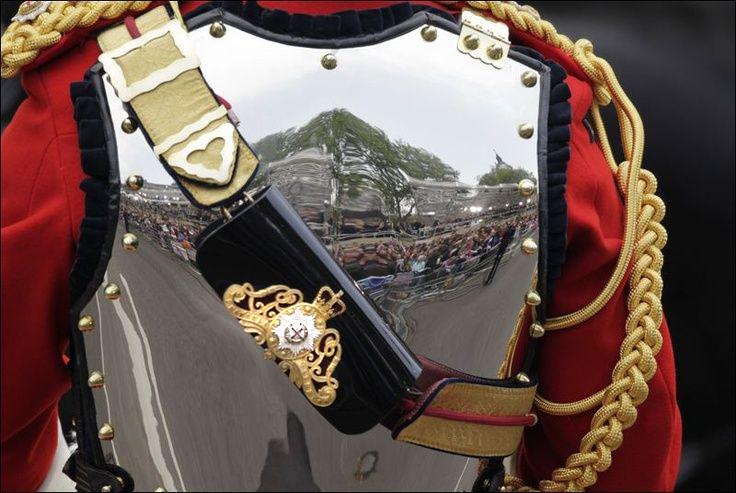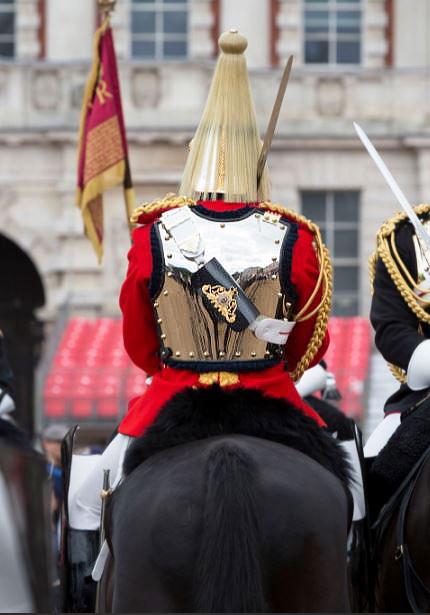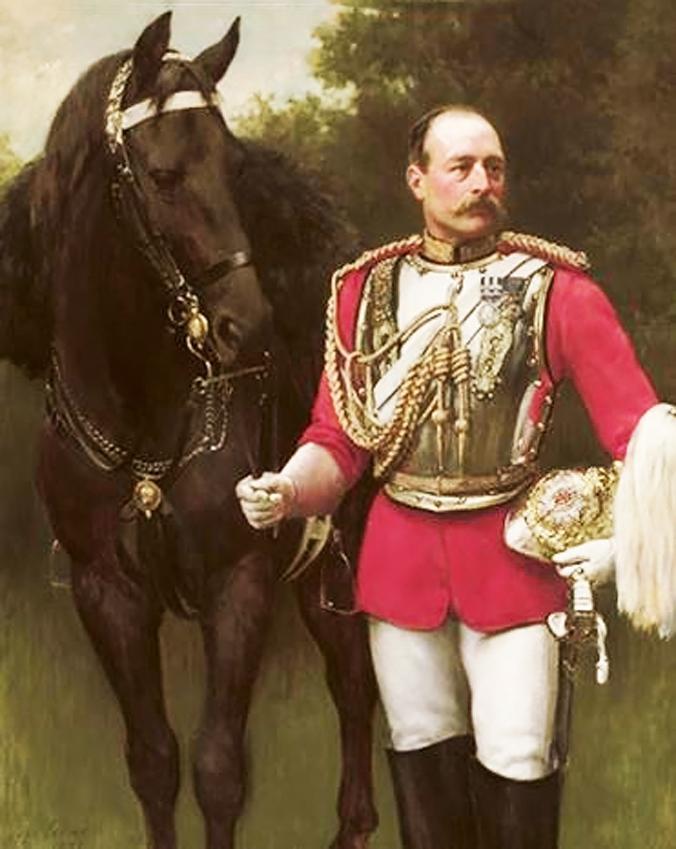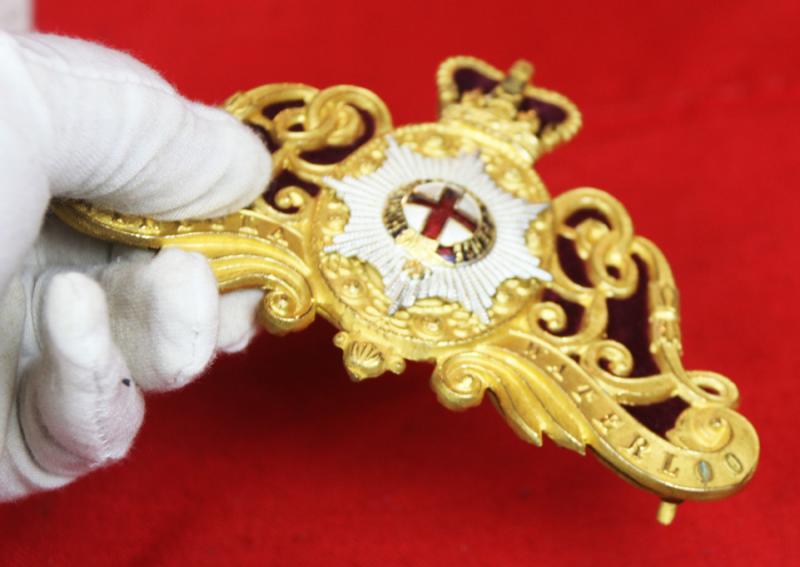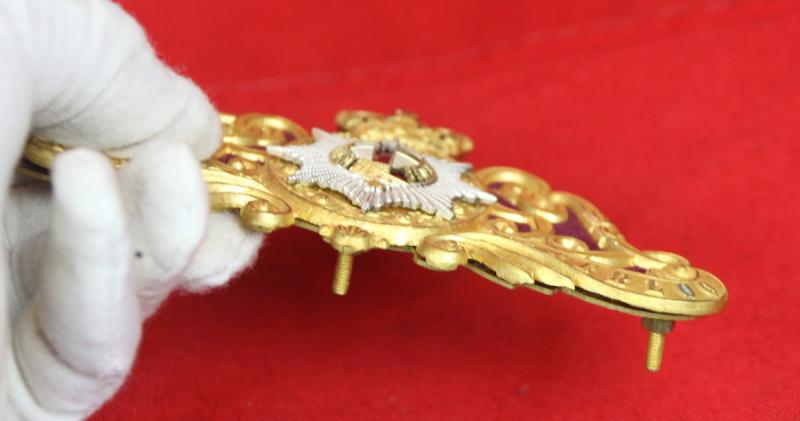A Superb, Original, Life Guards Officer's Crossbelt Cartridge Pouch Badge. Part of Her Majesty's Royal Horse Guards. The Queen's Mounted Bodyguard
In mirror bright and frosted gilt, and silver badge with red enamel cross of St George. Post 1953 as used for around 70 years up to the current day.
This pattern will now be changed very soon for the design designated for His Majesty King Charles III. The double domed crown atop the crest will be changed to the single domed crown used by all the kings since Edward VIIth. The domed crown is called either The King’s Crown or the Imperial State Crown. The late Queen’s double domed crown, is known as St Edwards Crown.
Superb quality, heavy cast. Approx 5.5 inches across, 3.5 inches high. Around 6 oz.The Life Guards grew from the four troops of Horse Guards (exclusively formed of gentlemen-troopers until the transformation of the last two remaining troops into Regiments of Life Guards in 1788) raised by Charles II around the time of his restoration, plus two troops of Horse Grenadier Guards (rank and file composed of commoners), which were raised some years later.
The first troop was originally raised in Bruges in 1658 as His Majesty's Own Troop of Horse Guards. They formed part of the contingent raised by the exiled King Charles II as his contribution to the army of King Philip IV of Spain who were fighting the French and their allies the English Commonwealth under the Lord Protector Oliver Cromwell in the Franco-Spanish War and the concurrent Anglo-Spanish War.
The second troop was originally founded in 1659 as Monck's Life Guards.
The third troop, like the first troop was formed in 1658 from exiled Royalists and was initially known as The Duke of York's Troop of Horse Guards.
The fourth troop was raised in 1661 in England.
The first troop of horse grenadier guards was formed in 1693 from the amalgamation of three troops of grenadiers.
The second troop of horse grenadier guards was raised in Scotland in 1702.
These units first saw action during the Third Anglo-Dutch War in 1672 and then at the Battle of Sedgemoor during the Monmouth Rebellion in 1685.
The 3rd and 4th troops were disbanded in 1746. In 1788, the remaining 1st and 2nd troops, along with the two troops of Horse Grenadier Guards, were reorganised into two regiments, the 1st and 2nd Regiments of Life Guards (from 1877, simply 1st Life Guards and 2nd Life Guards). From then on (1788), rank and file were mostly formed of commoners (pejorative nickname:"cheesemongers")., the bulk of the gentlemen-troopers were pensioned off.
In 1815 they were part of The Household Brigade at the Battle of Waterloo under Major-General Lord Edward Somerset.
In late 1918, after much service in the First World War, the two regiments gave up their horses and were re-roled as machine gun battalions, becoming the 1st and 2nd Battalions, Guards Machine Gun Regiment. They reverted to their previous names and roles after the end of the war. In 1922, the two regiments were merged into one regiment, the The Life Guards (1st and 2nd). In 1928, it was re-designated The Life Guards.
During the Second World War, the Life Guards took part in the Normandy landings and the advance through France to liberate Brussels.
Code: 24066


